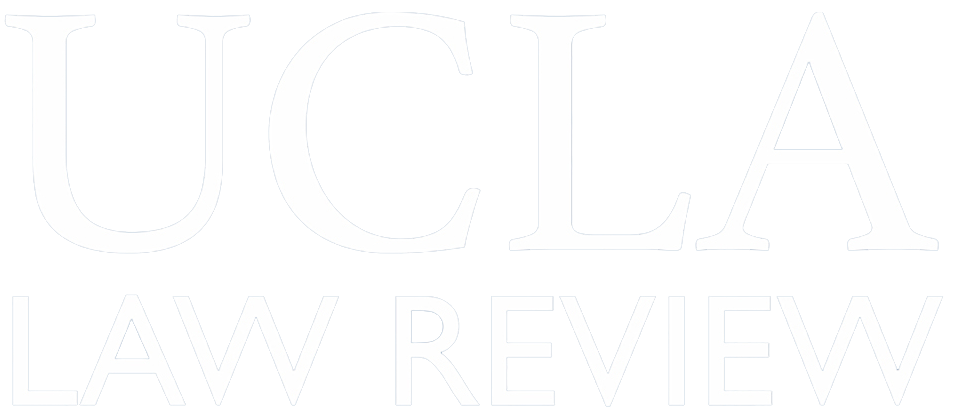There is a growing phenomenon of for-profit investment in U.S. litigation. In a modern twist on the contingency fee, third-party lenders finance all or part of a plaintiff’s legal fees in exchange for a share of any judgment or settlement in the plaintiff’s favor. There are a number of international corporations, both public and private, that invest exclusively in this new “market.” Critics...
Originalism and the IP Clause: A Commentary on Professor Oliar's "New Reading"
In his New Reading article, Professor Oliar set forth a detailed and, in many respects, plausible reconstruction of the Framers’ intent when drafting the Intellectual Property (IP) Clause. But it is a reconstruction predicated on conjecture and supposition in the absence of any historical record actually setting forth such intent. He contends that the Framers’ intent is important because it has...
The Welfarist Approach to Human Rights Treaties: A Critique
This Essay provides analysis and some criticism of the argument that international human rights treaties should focus more on development and welfare and less on basic negative rights. It argues that “welfarist” treaties that completely ignore human rights concerns will in theory harm heterogeneous societies with significant minority populations. In focusing only on development goals—for example...
Property and Transitional Justice
Transitional justice is the study of the mechanisms employed by communities, states, and the international community to promote social reconstruction by addressing the legacy of systematic human rights abuses and authoritarianism. The transitional justice literature discussing how states can address past civil and political rights violations through truth commissions and international and...
The Death of Twentieth-Century Authority
The case of Bush v. Gore stands out as the seminal decision that decided the disputed presidential election of 2000. For legal researchers, it was a herald of a different sort. With the citation in the per curiam opinion to an online newspaper article, Bush v. Gore fired the first salvo in the death of twentieth-century authority. While courts in the past relied on a select group of print...
Reconsidering RLUIPA: Do Religious Land Use Protections Really Benefit Religious Land Users?
The Religious Land Use and Institutionalized Persons Act of 2000 (RLUIPA), a federal statute enacted to safeguard religious freedoms from governmental interference, has been broadly and forcefully condemned by academics. In the decade since RLUIPA was passed, scholars have repeatedly denounced the statute as a tool that religious individuals and organizations may use to thwart municipal zoning...
Trademark Intersectionality
Even though most scholars and judges treat intellectual property law as a predominantly content-neutral phenomenon, trademark law contains a statutory provision, section 2(a), that provides for the cancellation of marks that are “disparaging,” “immoral,” or “scandalous.” This provision has raised intrinsically powerful constitutional concerns, which invariably affect two central metaphors that...
Broken Promises of Privacy: Responding to the Surprising Failure of Anonymization
Computer scientists have recently undermined our faith in the privacy-protecting power of anonymization, the name for techniques that protect the privacy of individuals in large databases by deleting information like names and social security numbers. These scientists have demonstrated that they can often “reidentify” or “deanonymize” individuals hidden in anonymized data with astonishing ease...
